A low-FODMAP elimination diet can help identify your symptoms

Maybe you’ve tried going gluten-free and it didn’t seem to ease your stomach problems. Maybe you’ve been given the general diagnosis of irritable bowel syndrome but still can’t figure out exactly which foods upset your stomach.
Advertisement
Cleveland Clinic is a non-profit academic medical center. Advertising on our site helps support our mission. We do not endorse non-Cleveland Clinic products or services. Policy
Maybe it’s actually a fructan intolerance.
Fructans are a type of carbohydrate, or sugar, that some people have a hard time digesting. But the symptoms of fructan intolerance often mimic those of gluten intolerance, and to make things even more complicated, some foods have both gluten and fructans — so it can be extra difficult to figure out what’s going on in your stomach and which foods you’re reacting negatively to.
Registered dietitian Beth Czerwony, RD, LD, explains what fructans are, where they’re found and what to do if you think you have a fructan intolerance.
Fructans are a type of oligosaccharides, which are part of a class of small-chain carbohydrates or sugars known as FODMAPs. That acronym stands for “fermentable oligosaccharides, disaccharides, monosaccharides and polyols” — but the much simpler FODMAPs will do just fine.
Not sure what, exactly, that means? Czerwony helps simplify: “There are naturally forming sugars in certain foods, and they all have their own unique sugar content and makeup.”
Importantly, FODMAPs are found across a wide spectrum of foods, and our bodies can’t digest them very well. But some people react worse to them than others do, experiencing symptoms like:
Advertisement
OK, buckle up: A lot of foods have fructans in them. They can be broken down into two categories: Foods that have gluten in them and foods that don’t. In the typical American diet, the two biggest sources of fructans are wheat (which has gluten) and onions (which don’t). But there are lots of others that fall into these categories, too.
In the “has gluten” column are any typical bread products, including bread itself, along with pastries, pizza dough and so on. High-fructan foods that have gluten in them include:
On the other hand are high-fructan foods that don’t have gluten in them. That list is pretty long:
“A lot of these foods are ones that we default to because they’re healthy options,” Czerwony notes. “Depending on how your body reacts to them, you may have to figure out what your personal limit is.”
Foods that contain fructans are part of a healthy, balanced diet, so if you don’t have a fructan intolerance, there’s no reason to avoid them.
But what if you don’t yet know?
If you’re prone to gas, bloating and overall stomach issues without any clear cause, start paying attention to how certain foods make you feel.
“Keep a food log where you track what you eat and what’s going on in your body afterward,” Czerwony suggests. “You may start to see when your symptoms occur, which will help you figure out if you should be eliminating certain foods from your diet.”
So, you suspect that you have a fructan intolerance. Now what? The only way to nail down a fructan intolerance is to go through a very specific elimination diet known as the low-FODMAP diet.
“You actually have to go through the list of each type of FODMAP and start eliminating foods that include them,” Czerwony explains. “If you find that you’re particularly sensitive to something, you’ll begin to slowly add certain foods back in to see like what your tolerance is — or if you can’t tolerate them at all.”
Because that’s the other thing: You can be levels of fructan intolerant. You could discover that you’re able to eat a little bit of some foods that contain fructans but that a super-oniony meal is too much for you to handle. Or maybe it all upsets your stomach. But you can’t know for sure until you’ve done the low-FODMAP diet.
Advertisement
“There may be foods that you end up totally eliminating from your diet, or you may find that you have some threshold of tolerance,” Czerwony notes.
Working your way through any elimination diet can be a fairly involved process, and the low-FODMAP diet is especially in-depth. You want to make sure you’re doing it properly and that you’re still getting enough nutrients, especially as you remove so many foods from your diet.
Working with a dietitian will help you navigate it much more easily. They can also make the whole process a little bit less grueling by helping you figure out what you can eat — which is just an important as knowing what to stay away from.
“There are definitely foods that we’ll tell you to avoid, but we can also tell you what to replace them with so that you don’t feel like you can’t eat anything,” Czerwony reassures. “A dietitian is able to give you appropriate recommendations and alternatives based on your food preferences, too so that you’re still getting a well-balanced intake.”
Advertisement
Learn more about our editorial process.
Advertisement
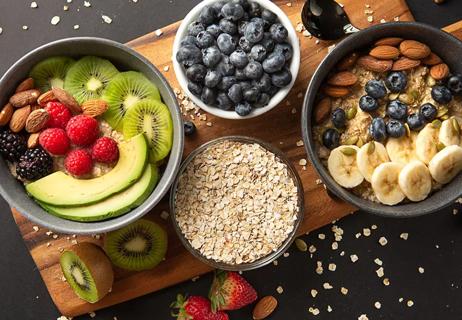
It’s all about choosing complex carbs — like whole grains — that will keep you full
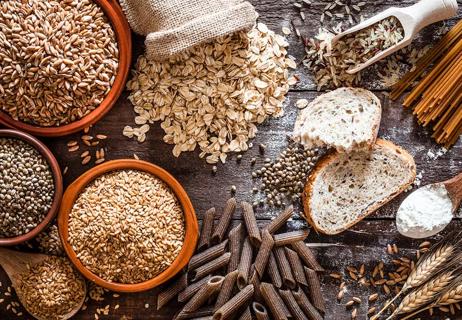
Whole-food carbs come with major health benefits, like fiber and antioxidants
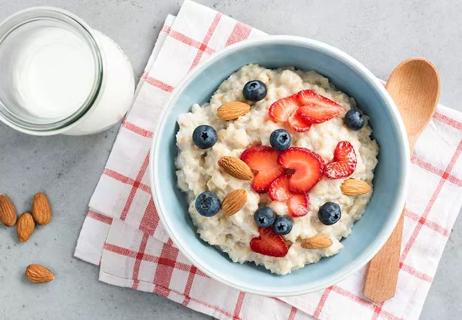
The amount you need depends on several factors, such as age, sex and activity level
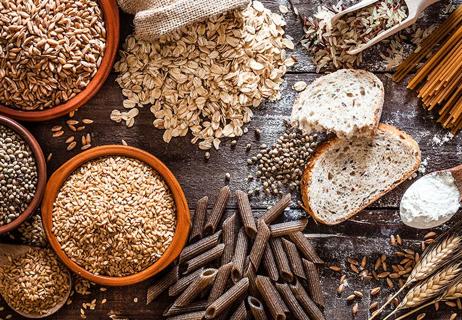
Here’s why you crave them and how to curb them
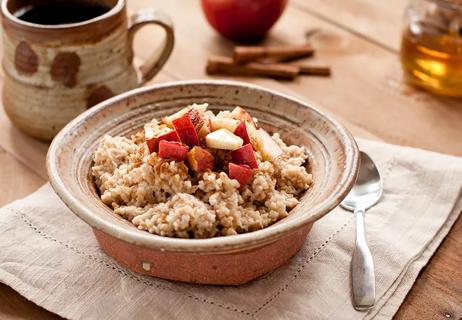
The eating plan is ideal for fueling high-intensity activities (but not for weight loss)
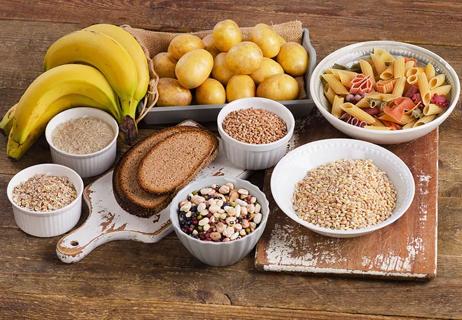
Opt for complex carbs that are full of fiber or protein
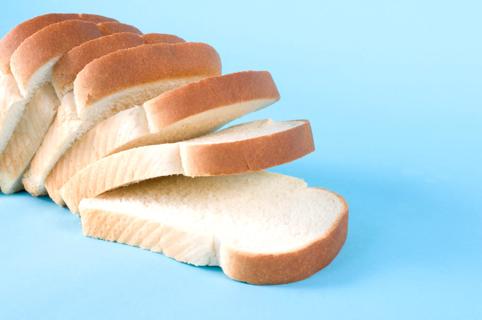
Which carbs should you cut if you want to lose weight?

Babies can get congested easily, but you can calm their cough by keeping them hydrated, using nasal drops and running a humidifier

Weight loss may cause loose, sagging skin and muscle loss to your rear

Several conditions, like vitiligo and fungal infection, can cause a loss of pigmentation, leading to white spots or patches on your skin